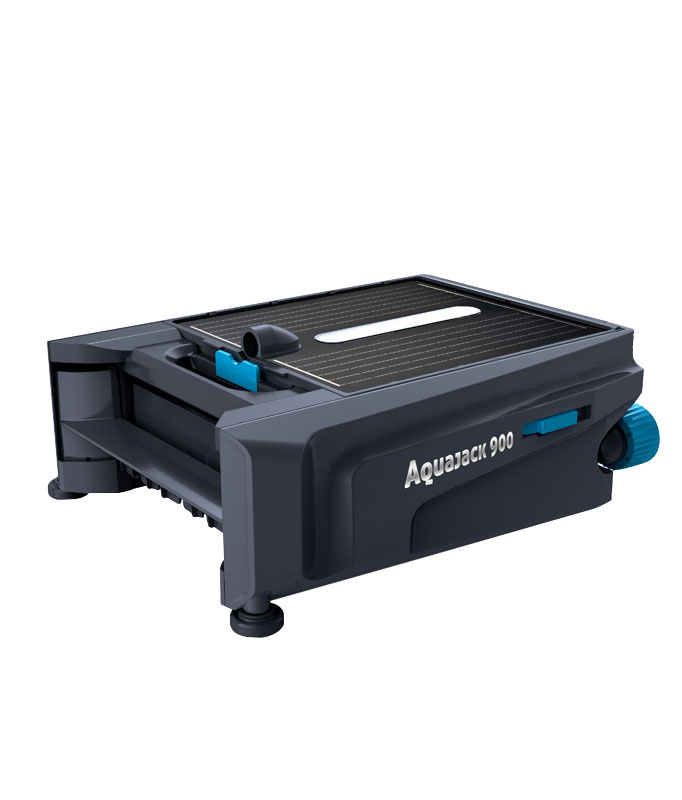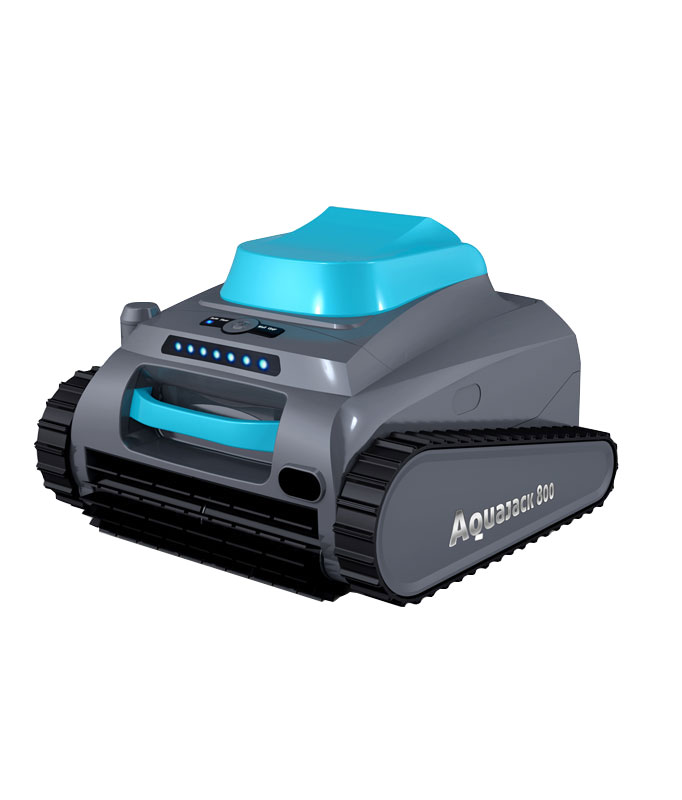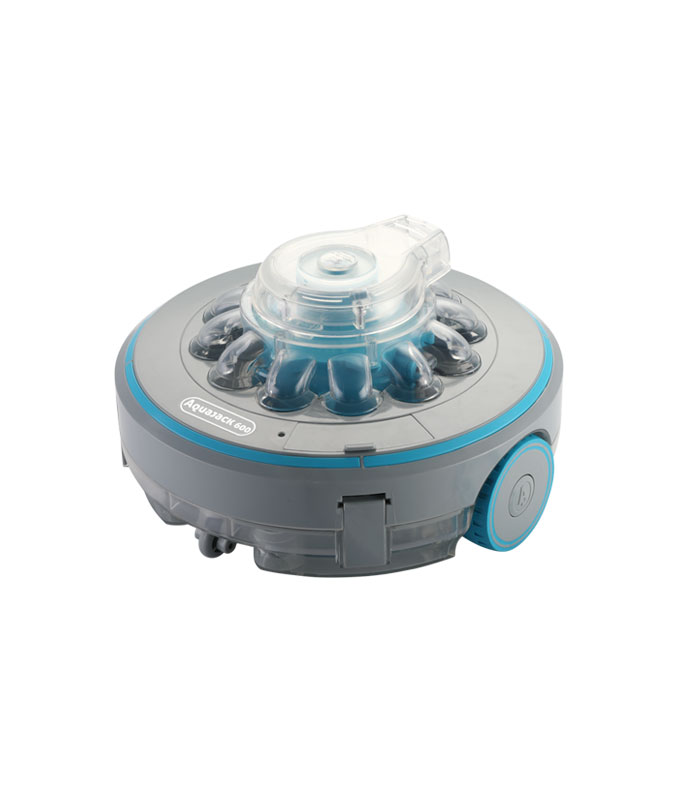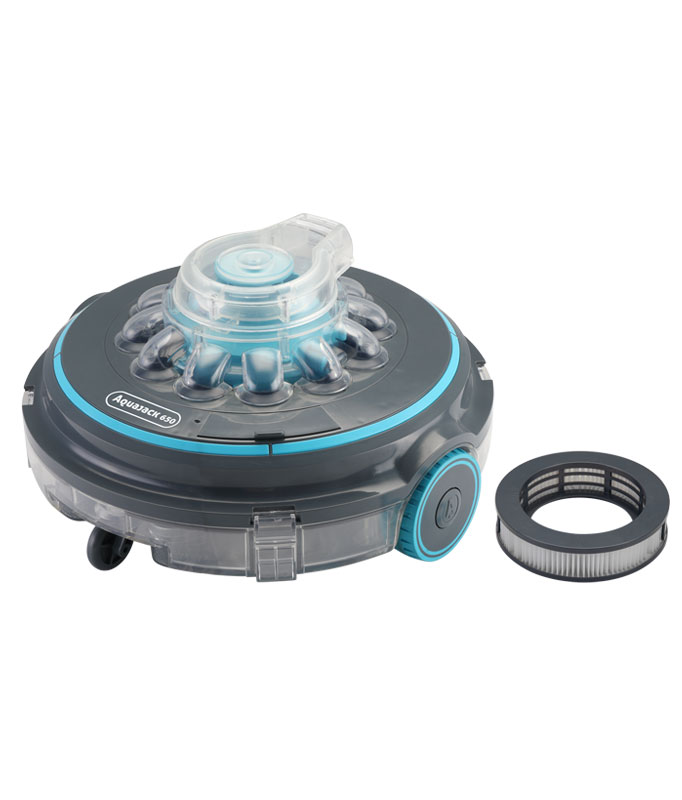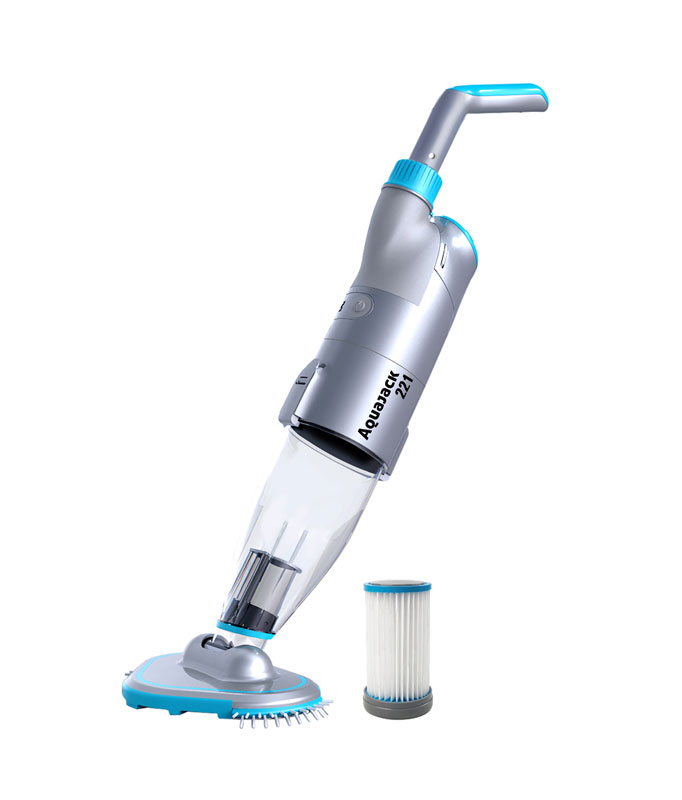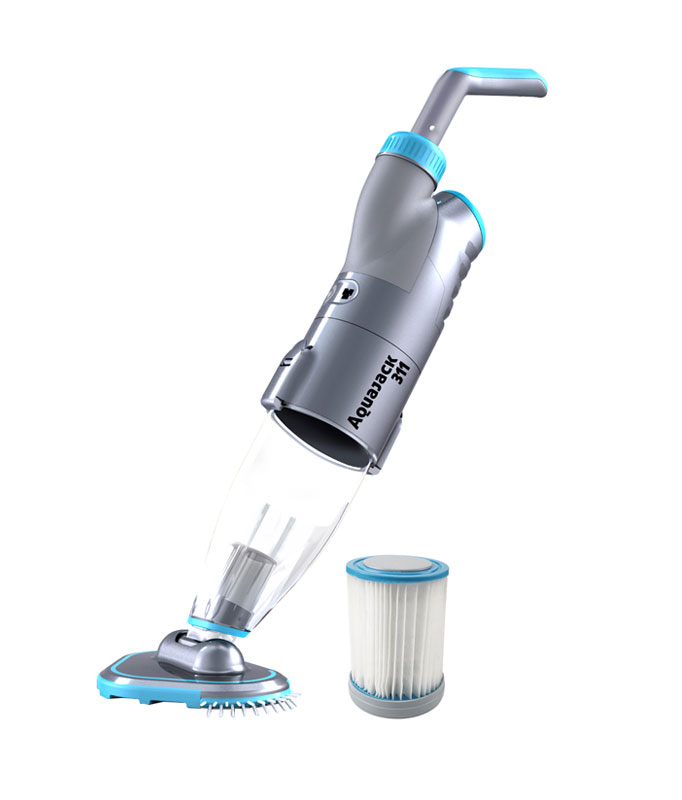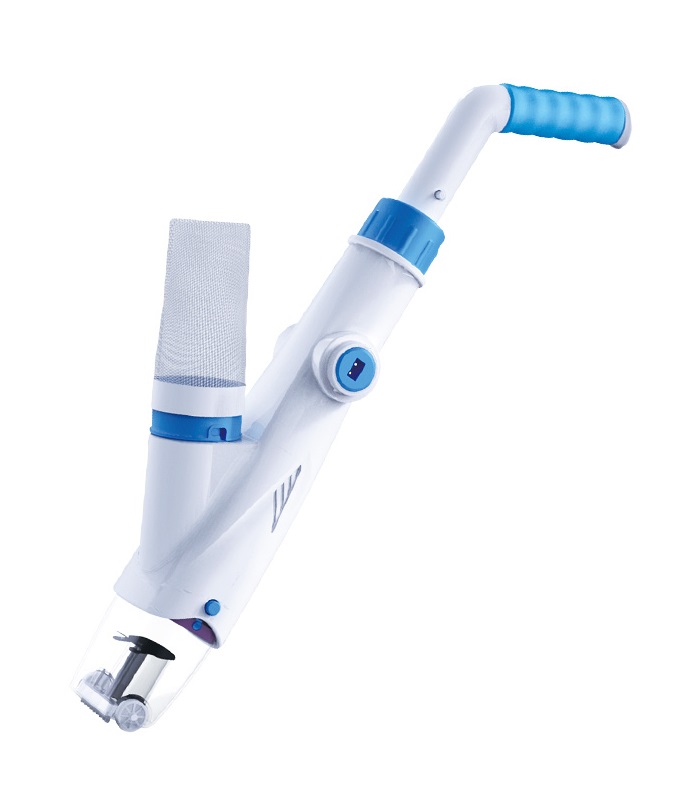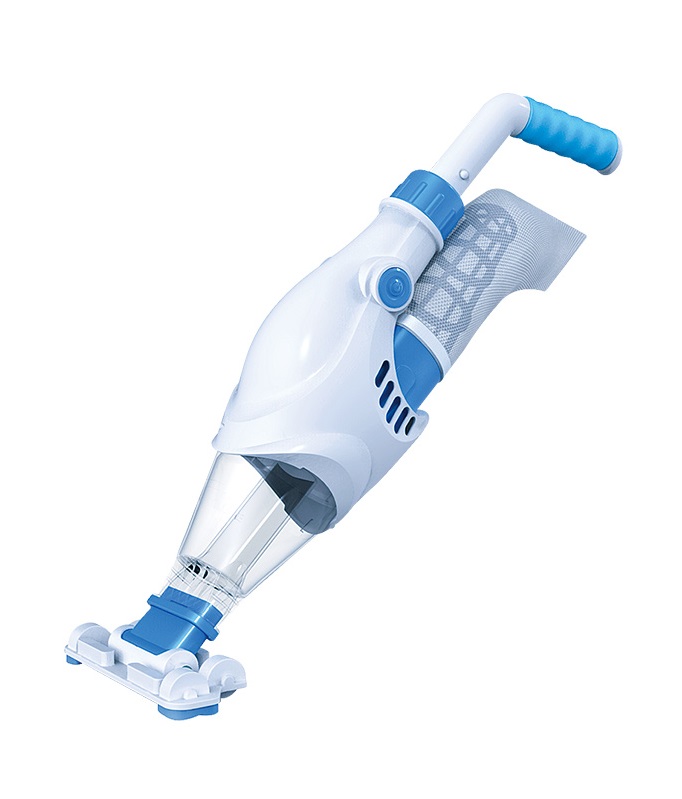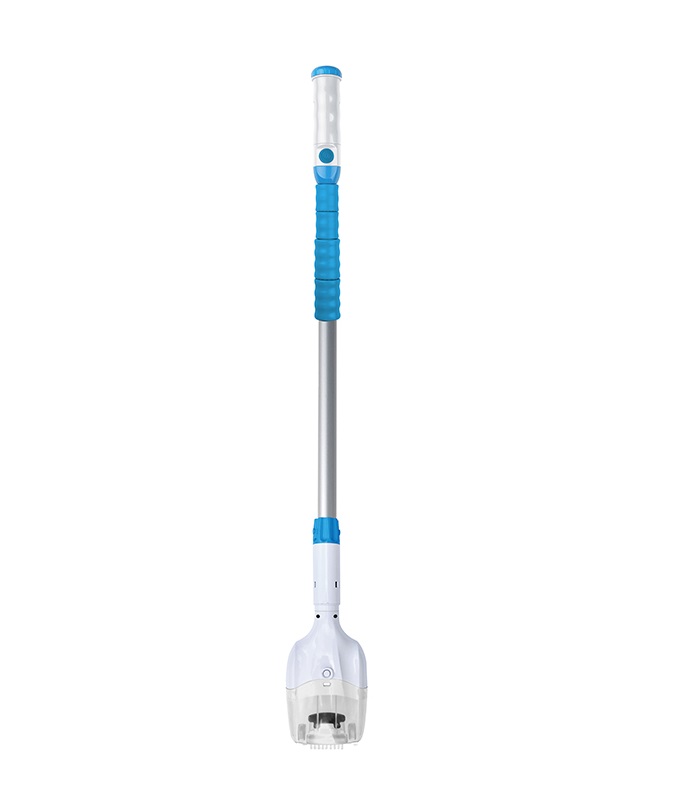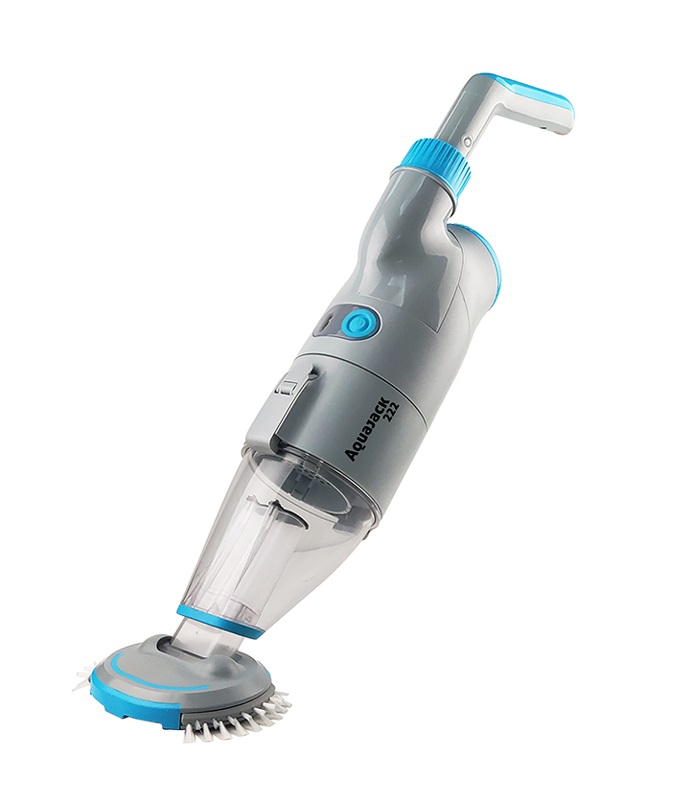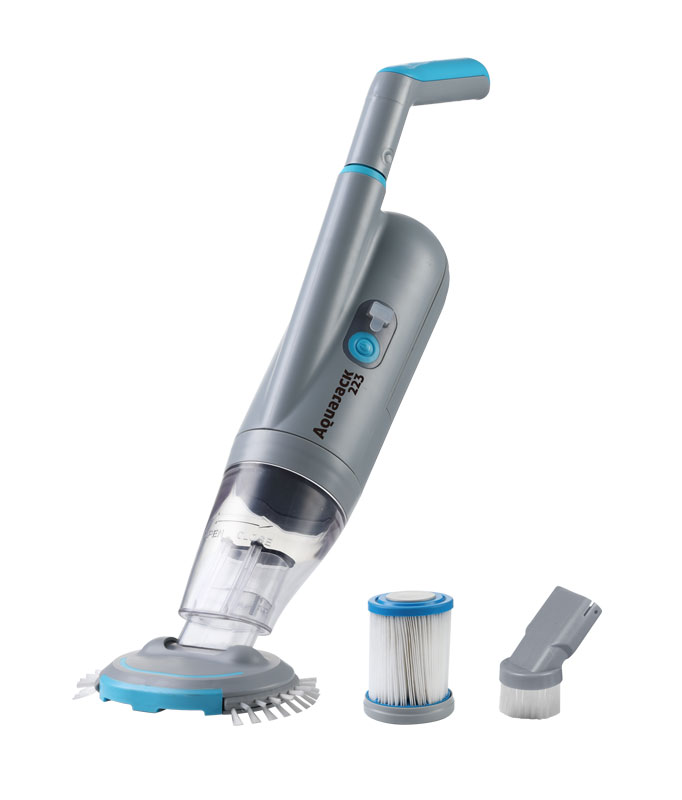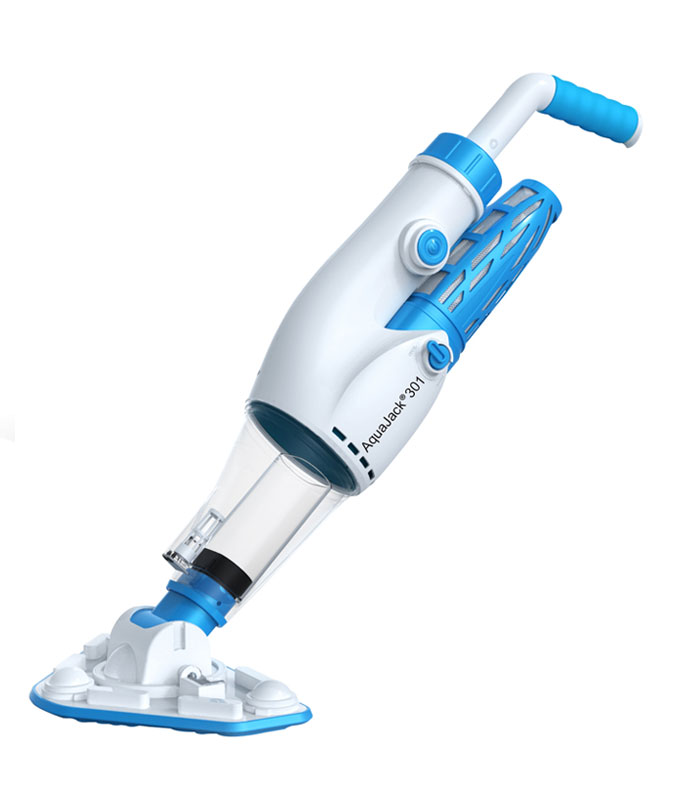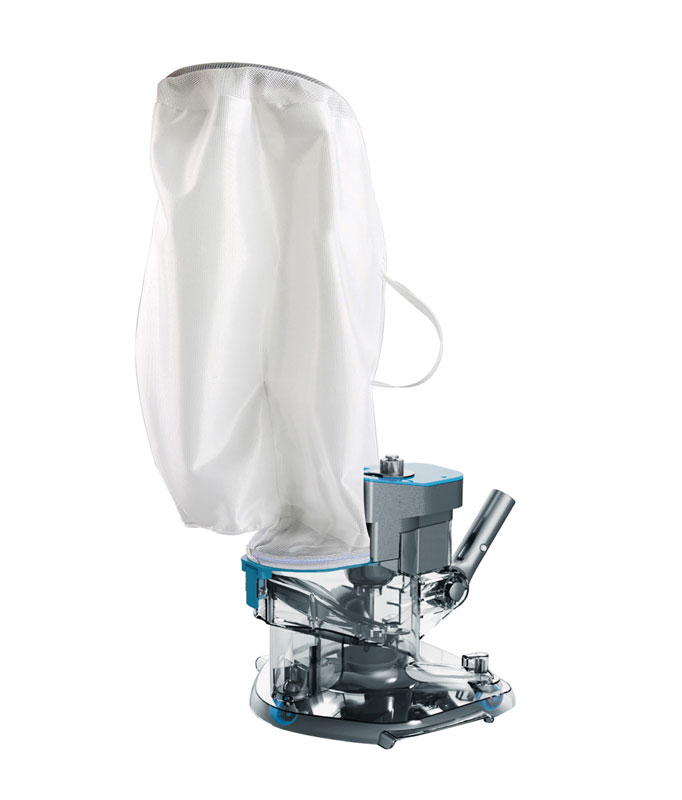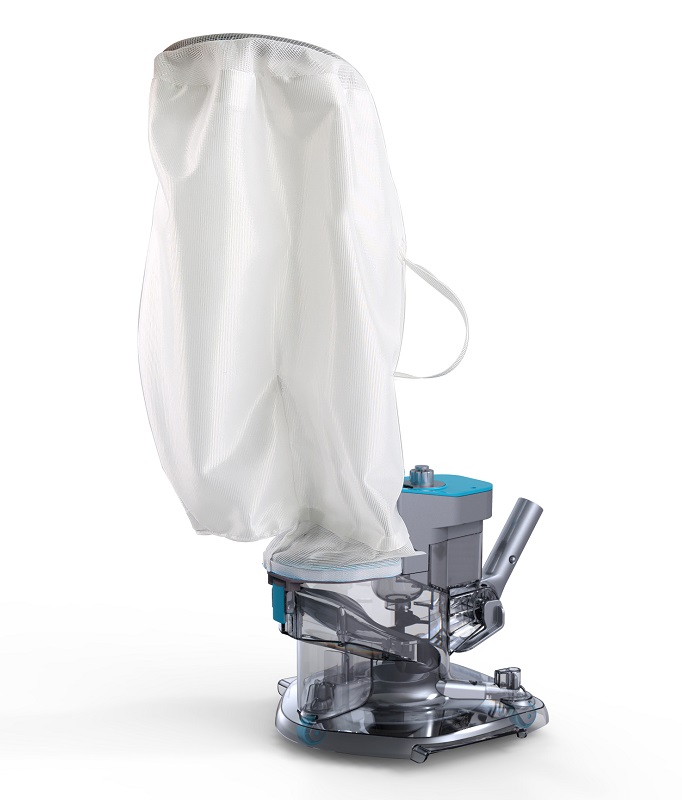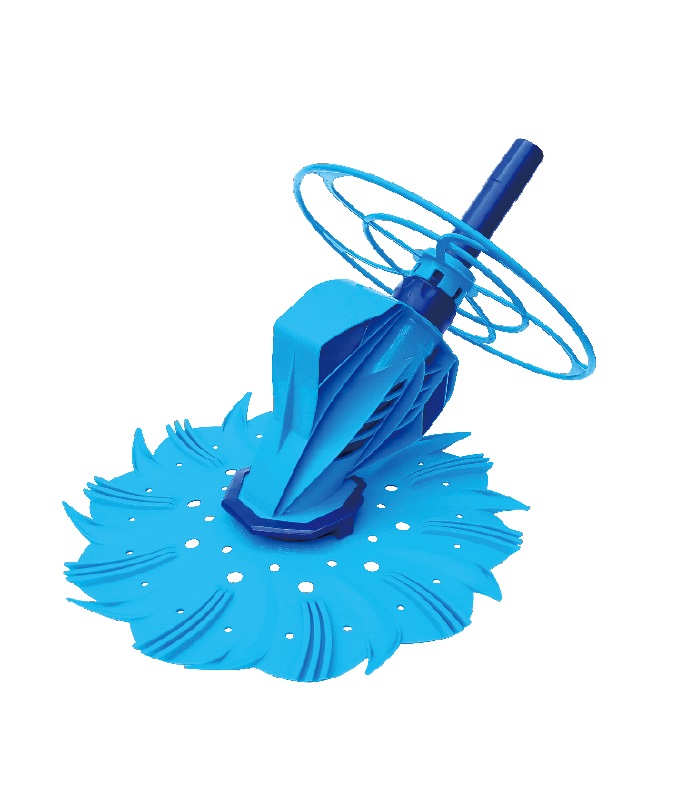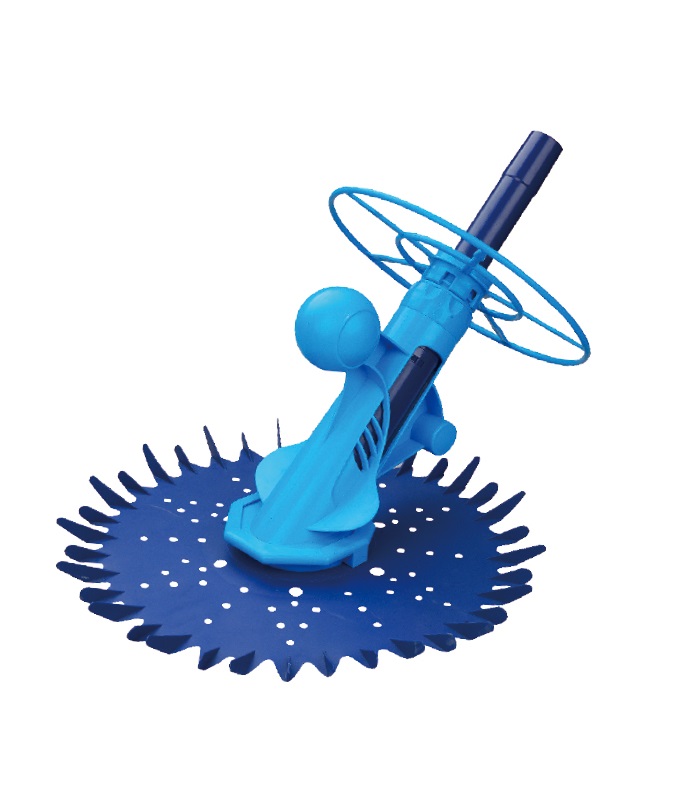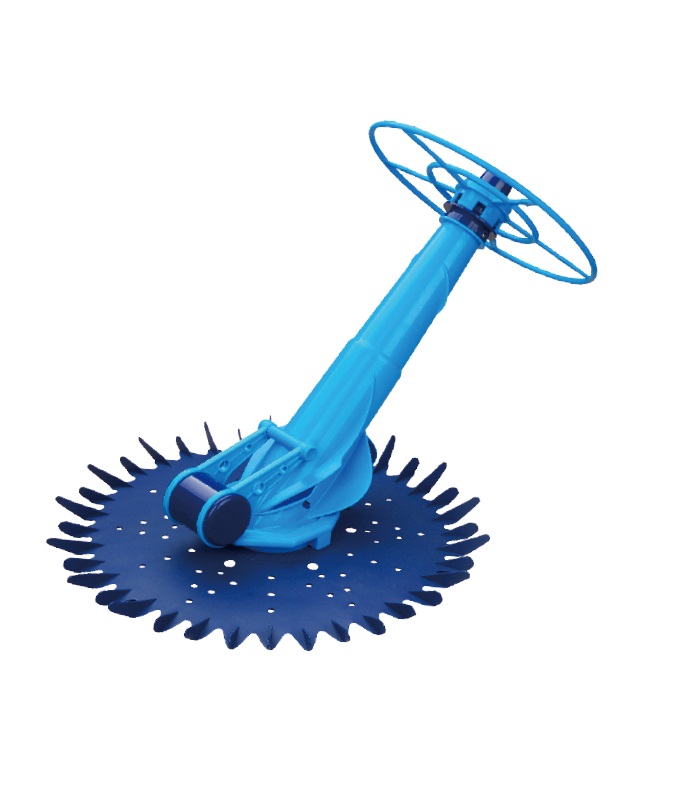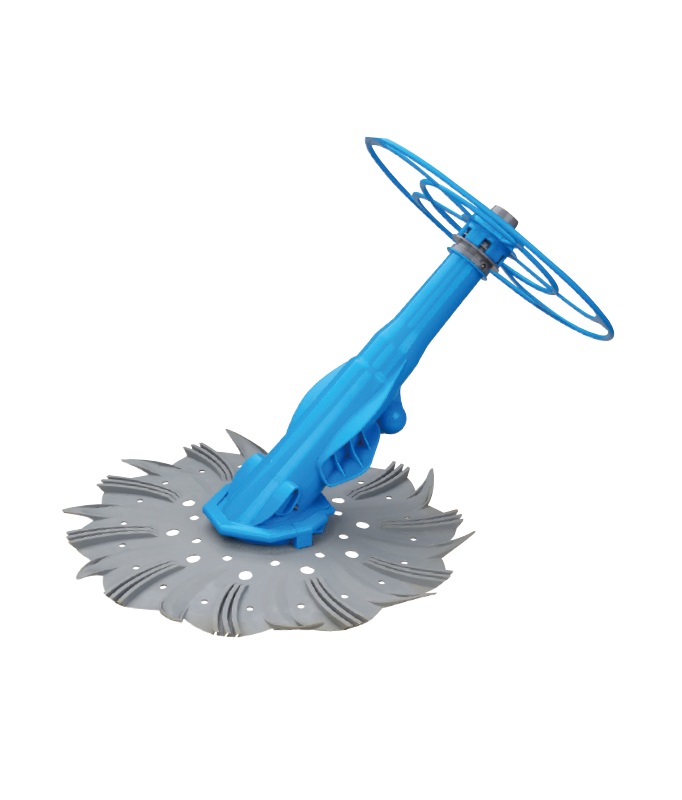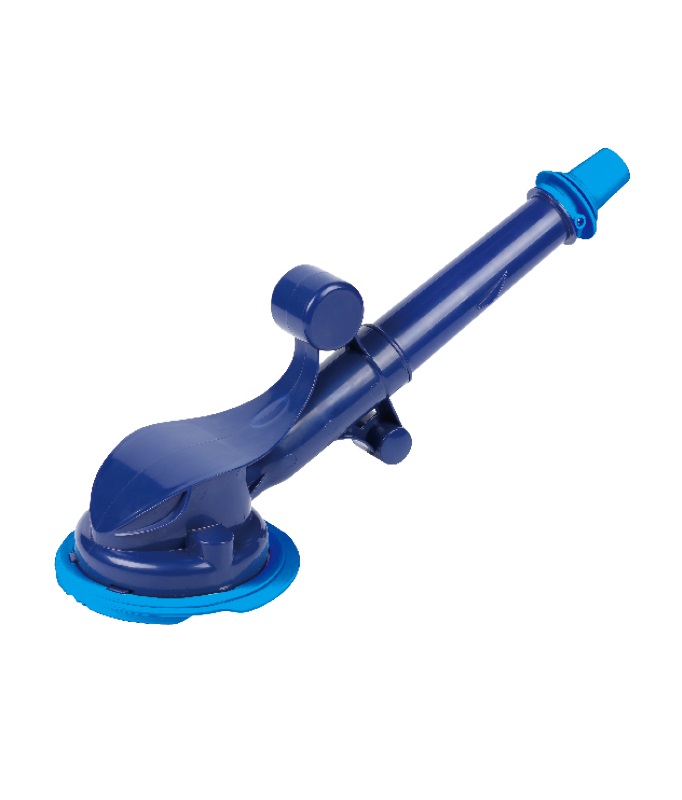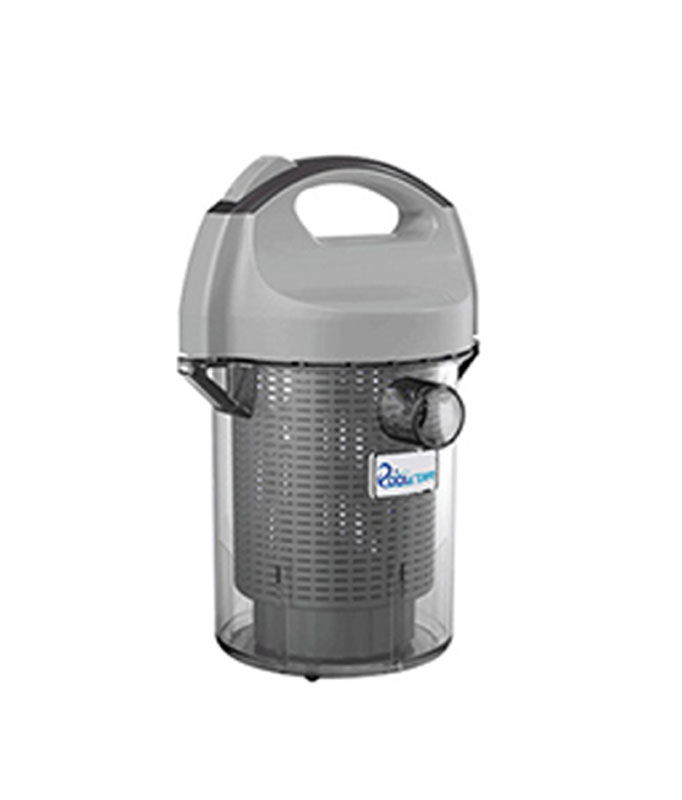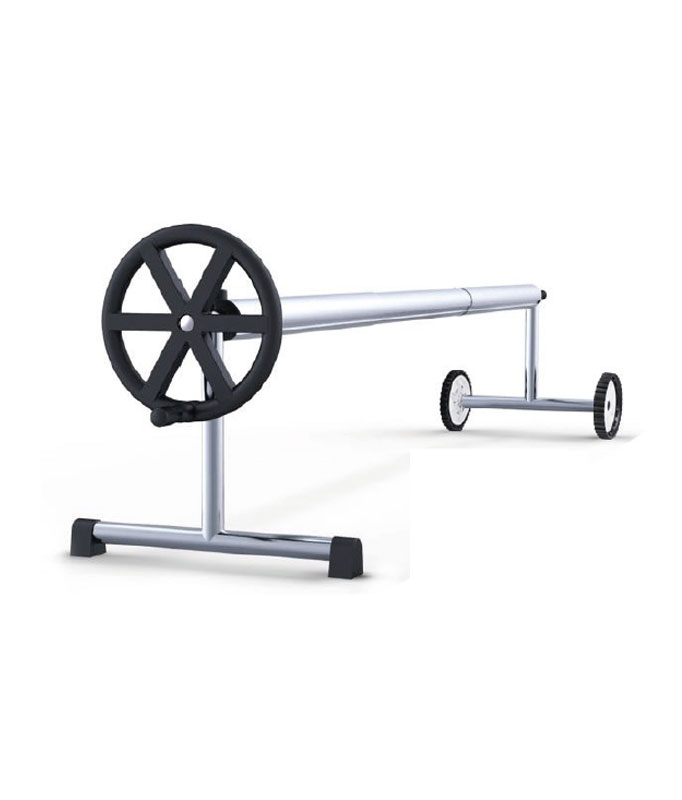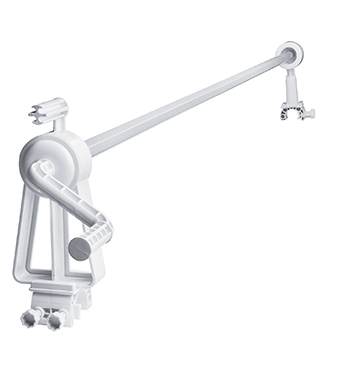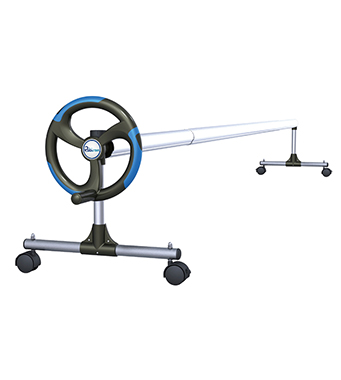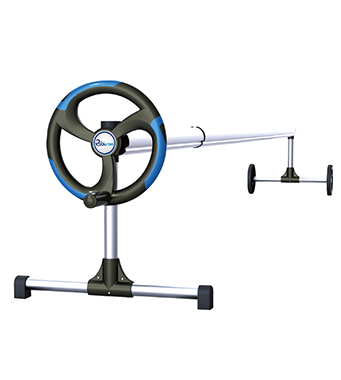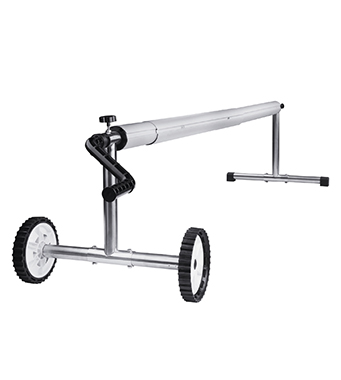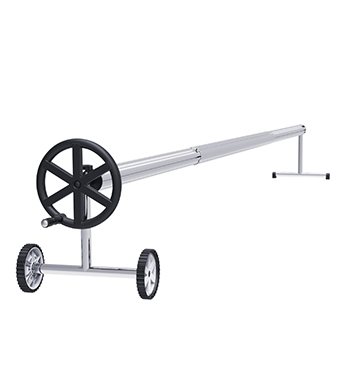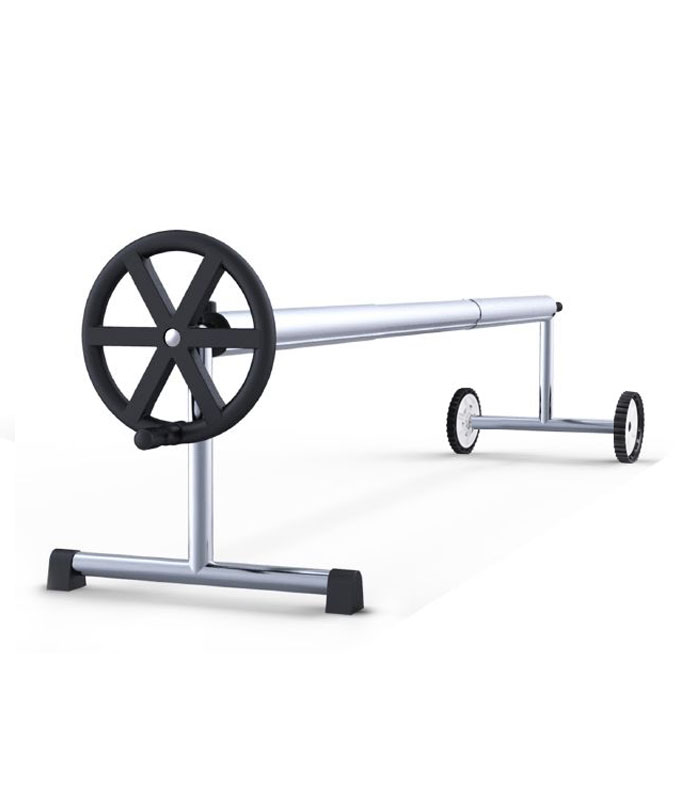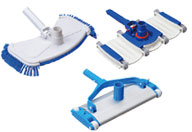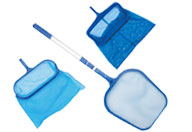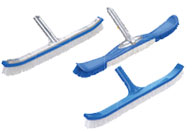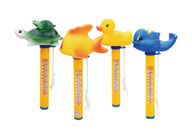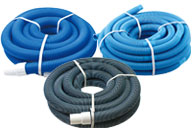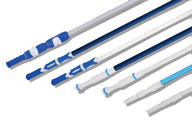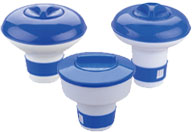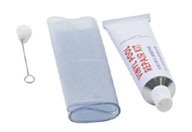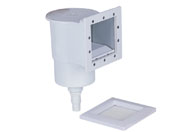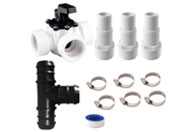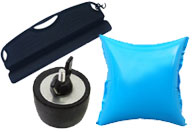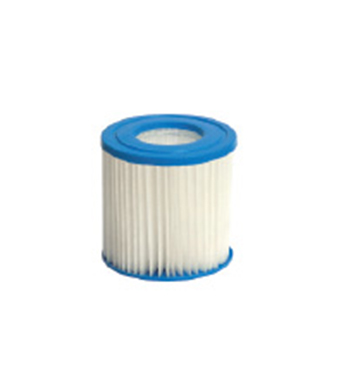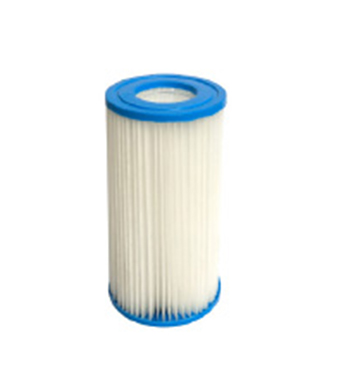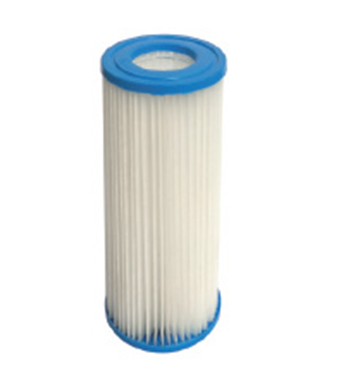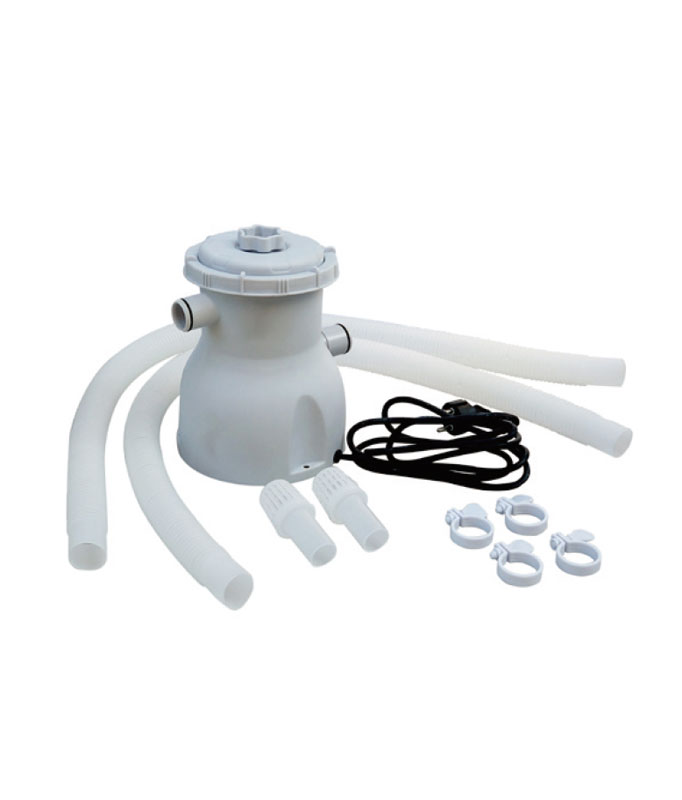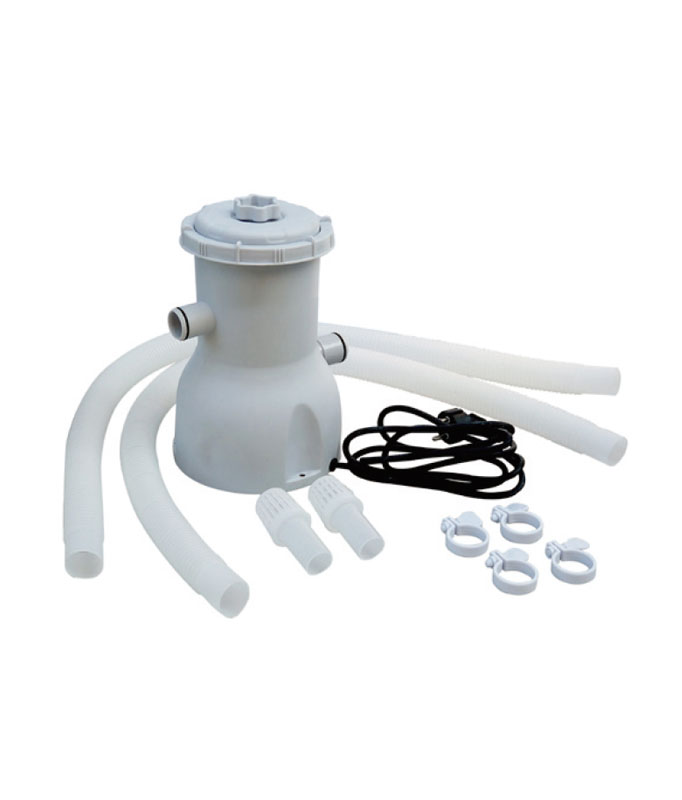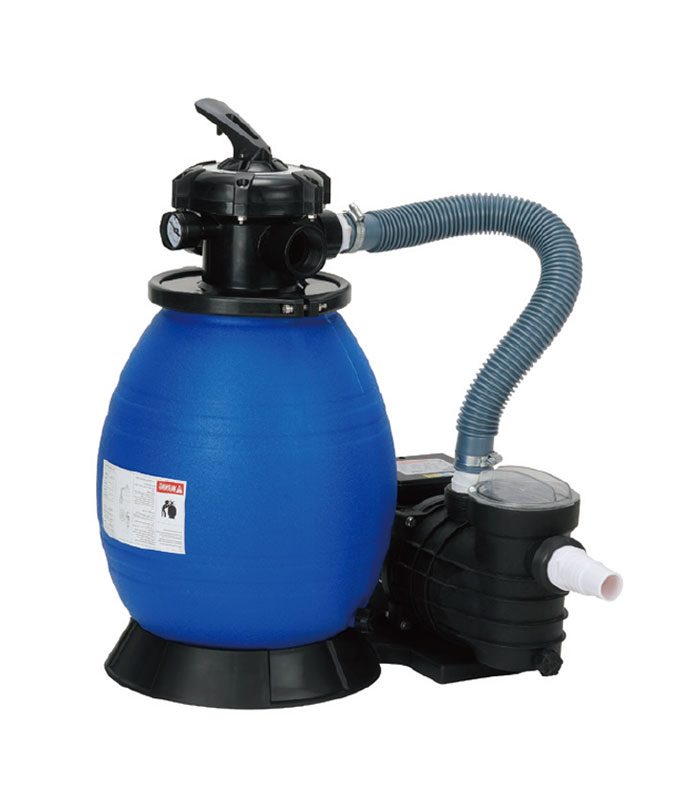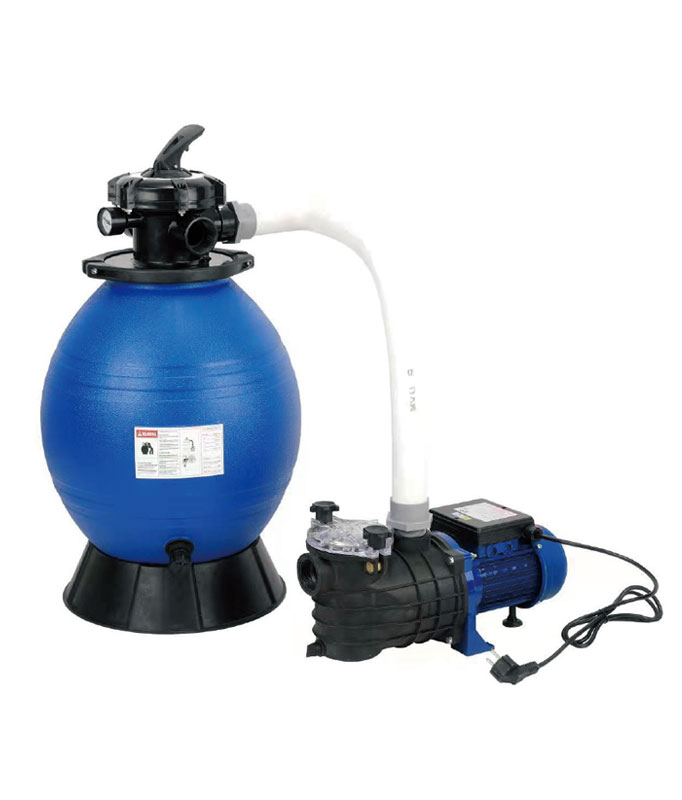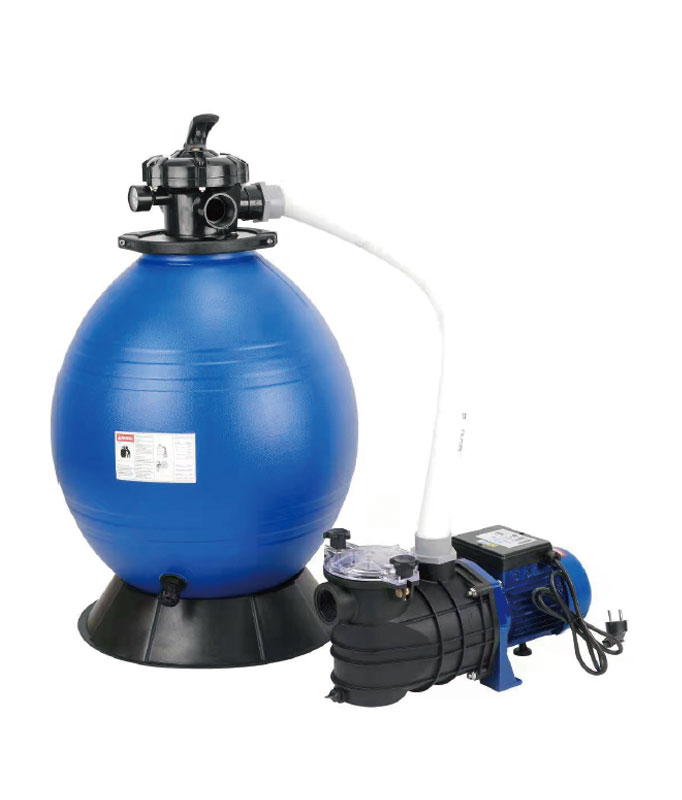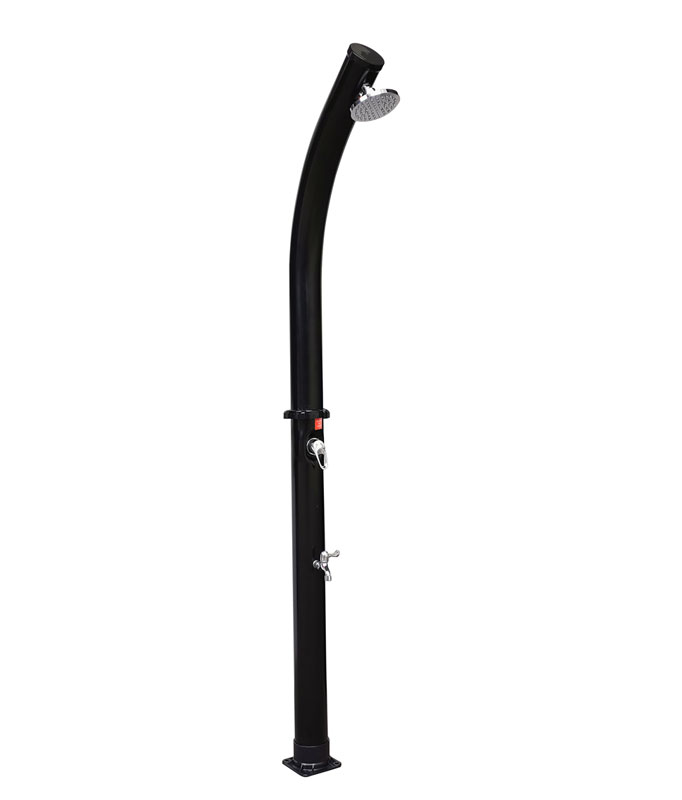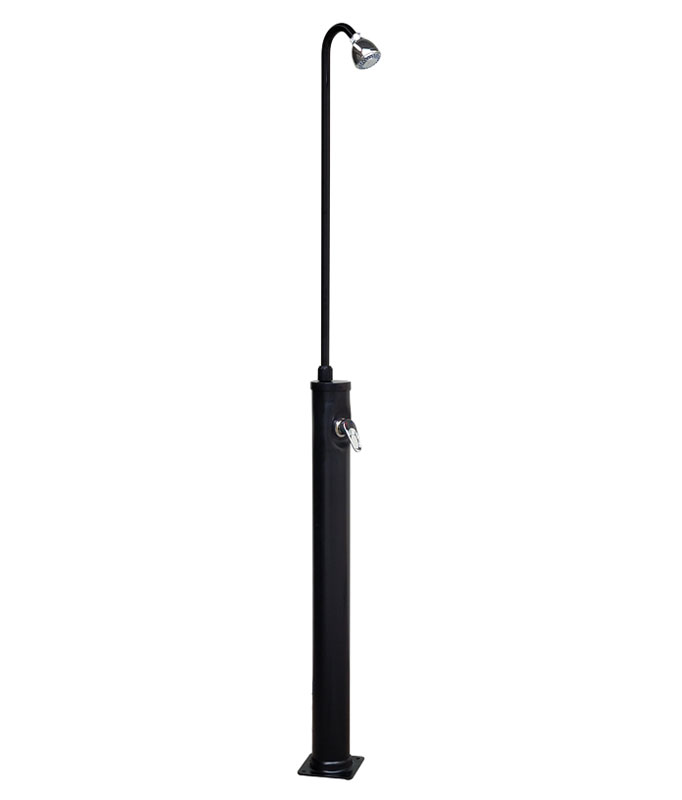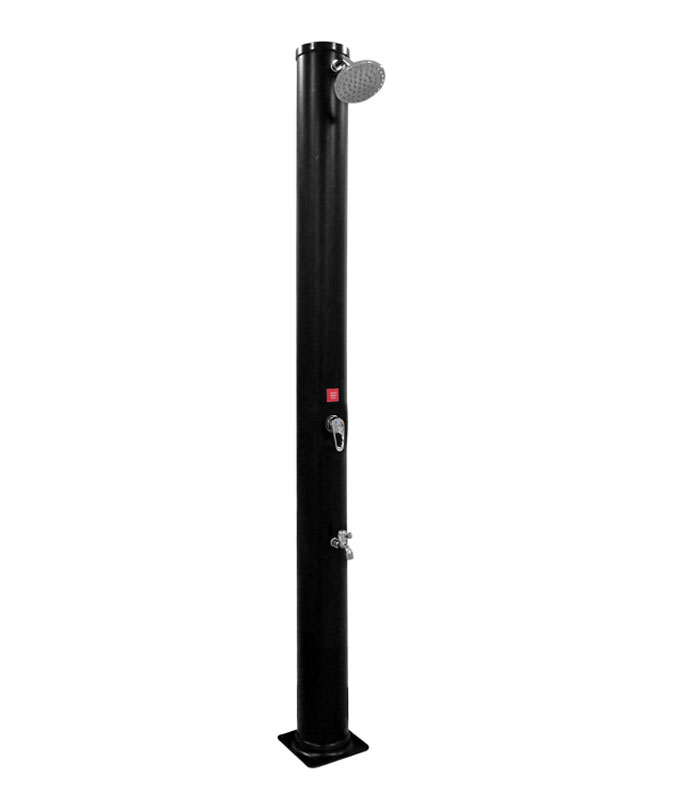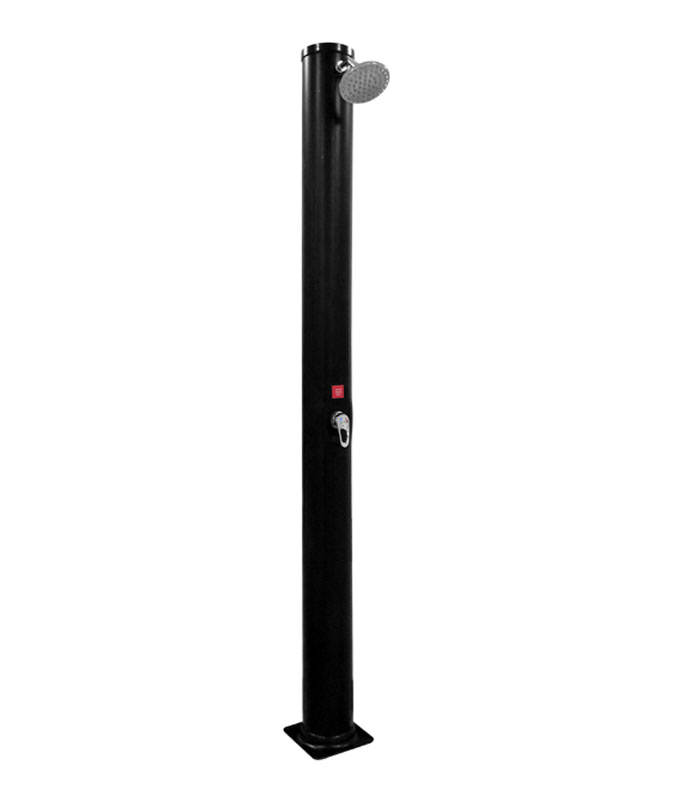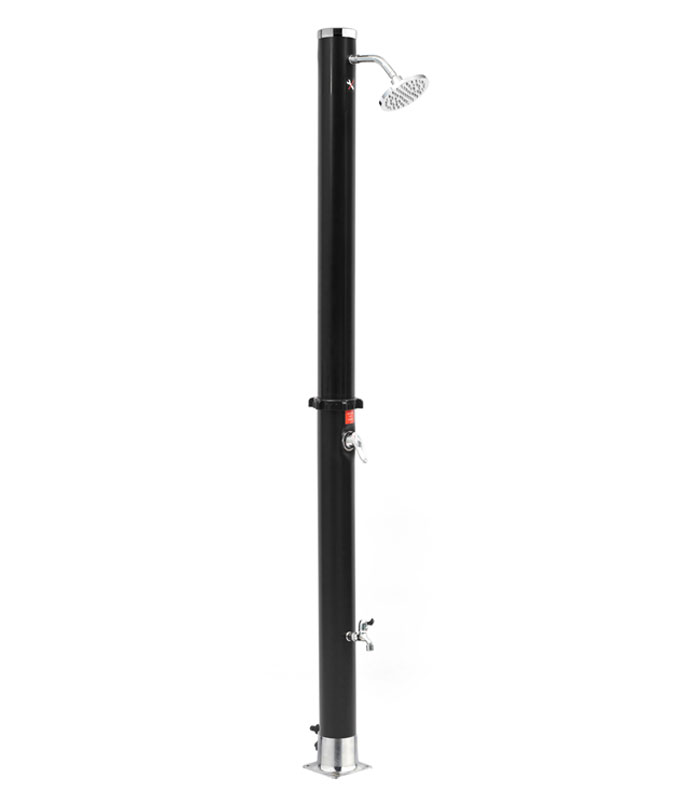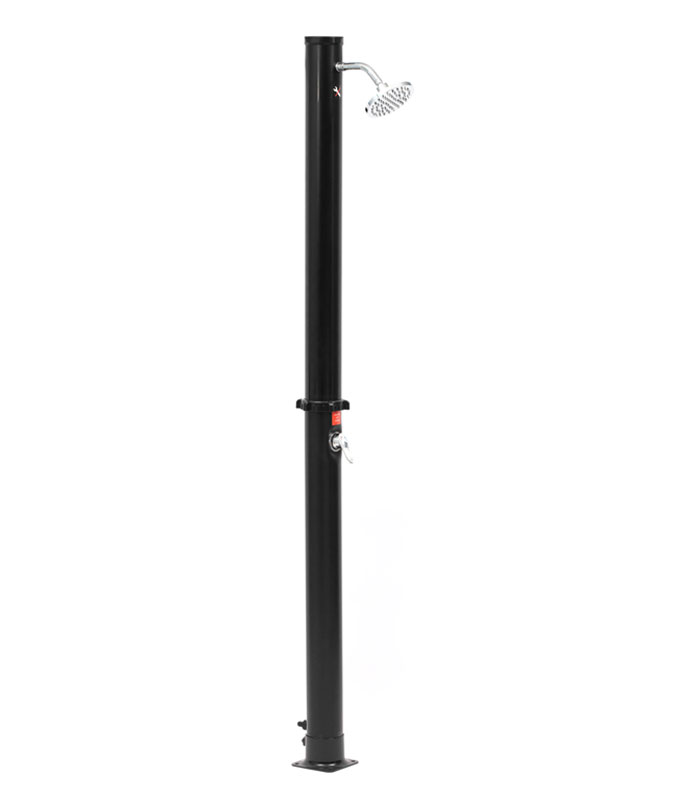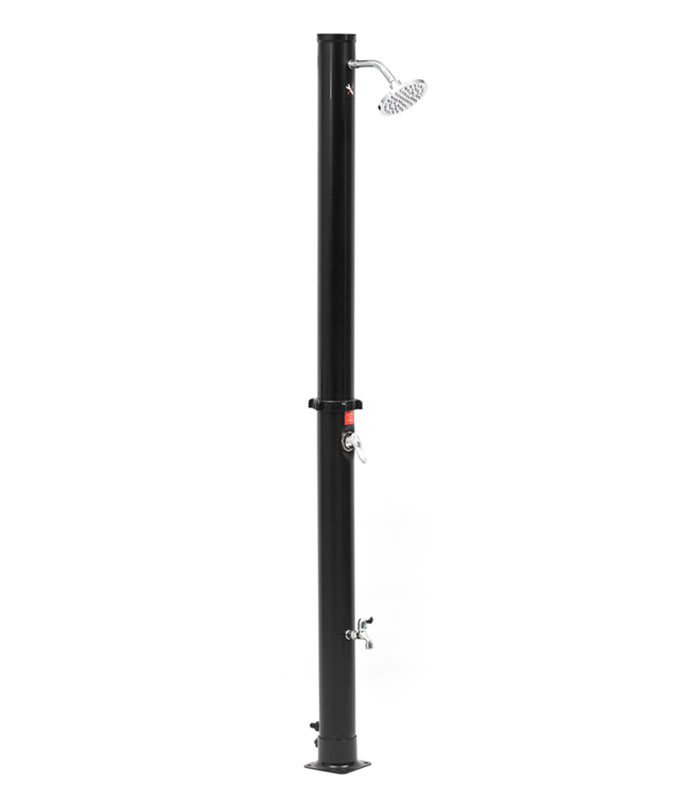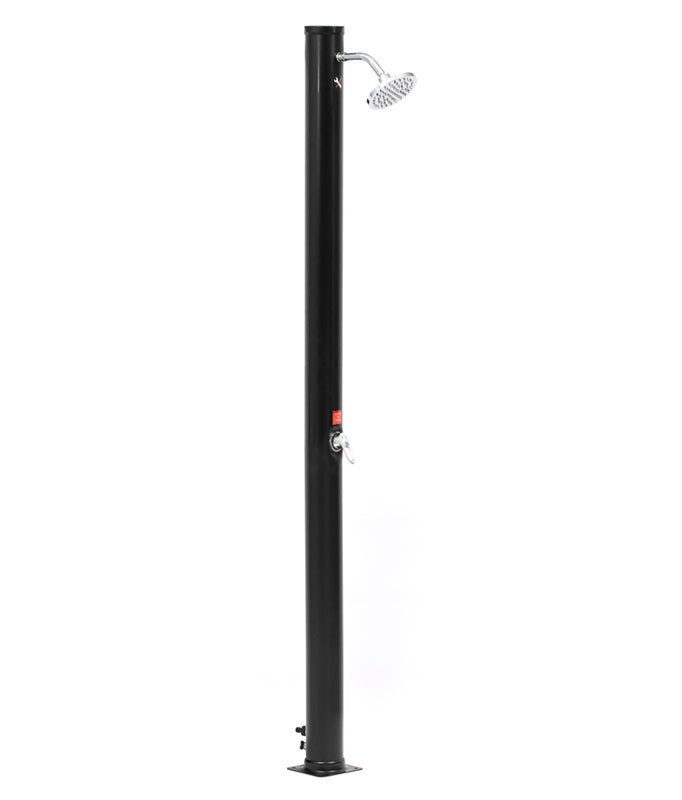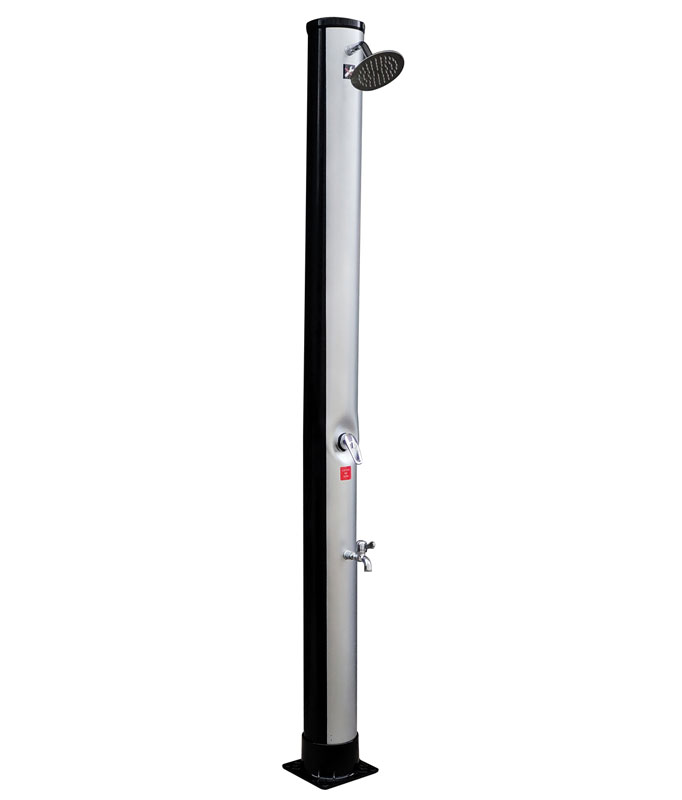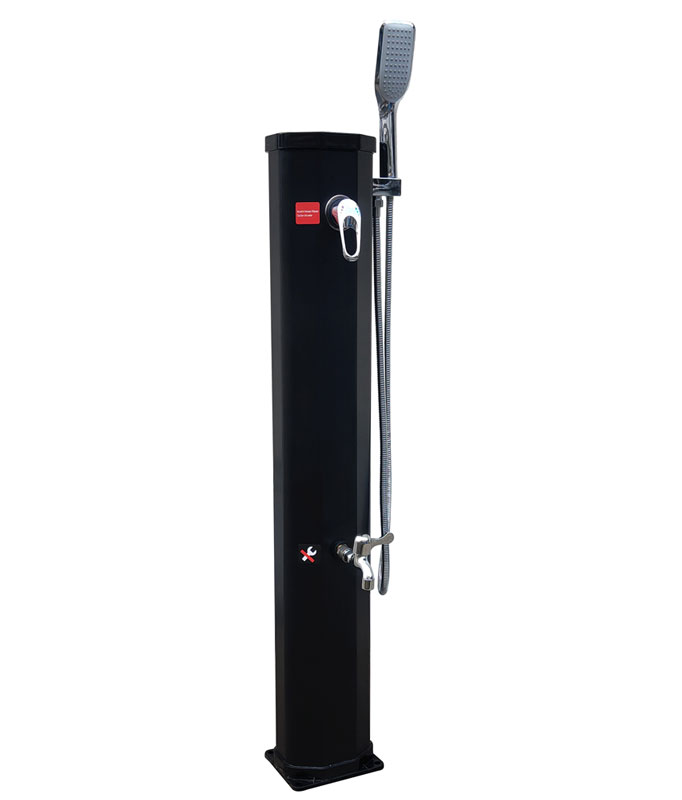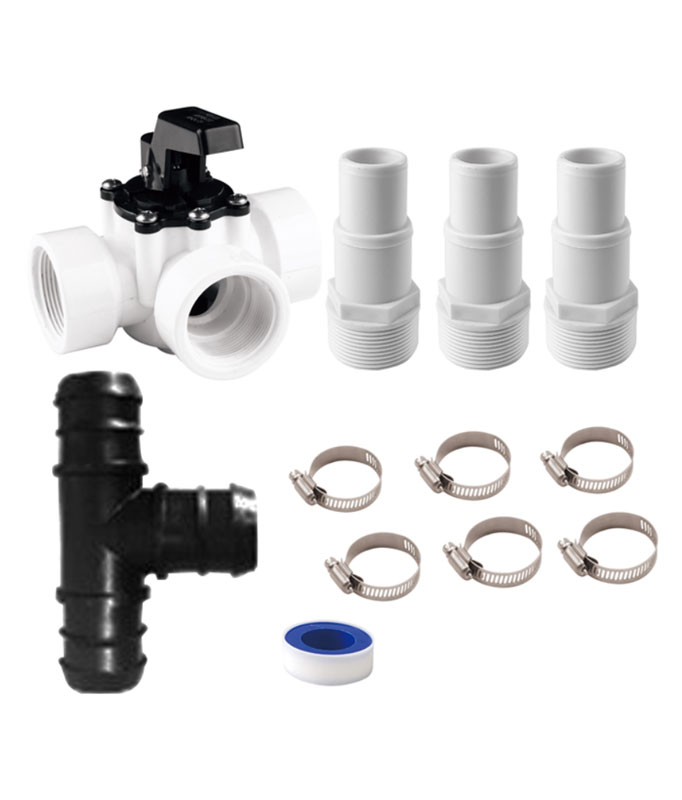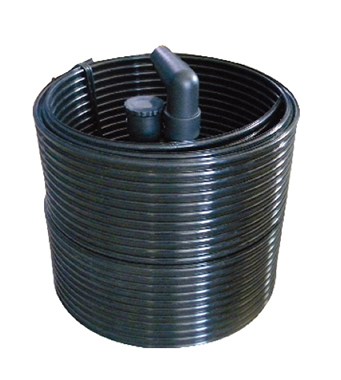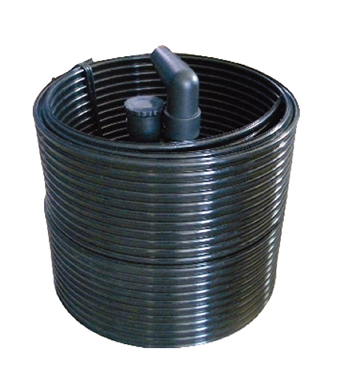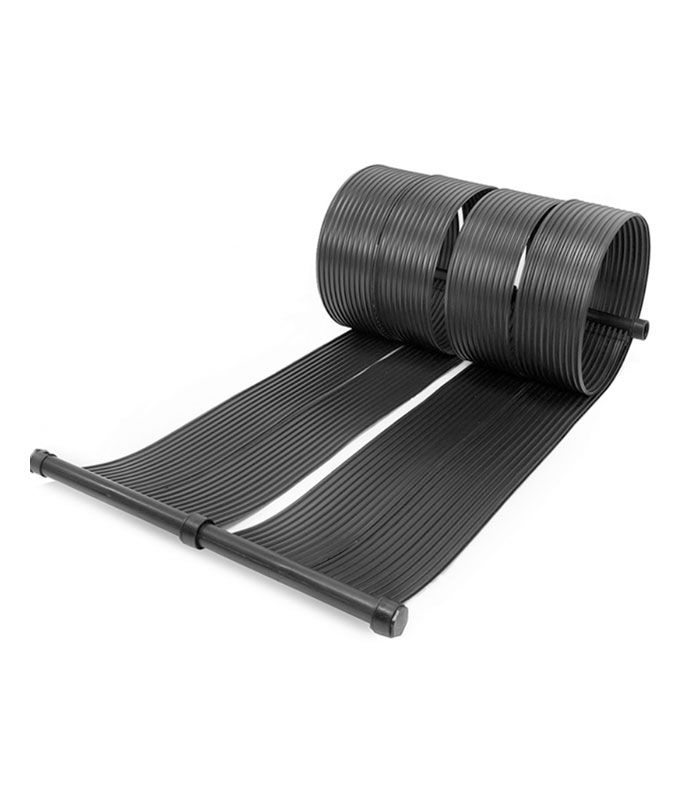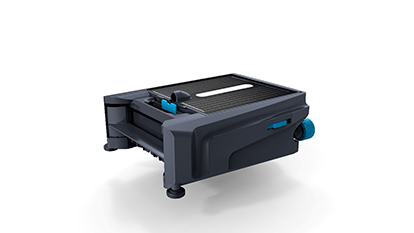
You want your pool to stay clean without spending hours maintaining it. Robotic pool cleaners provide better long-term value by combining powerful cleaning performance with lower operating costs. Suction pool cleaners, while cheaper upfront, often lead to higher energy and maintenance expenses. For a detailed five-year total cost comparison: Robot pool cleaner vs. Traditional suction system, check this guide.
Key Takeaways
- Robotic pool cleaners save money over time with lower costs.
- They clean better than suction cleaners and use less energy.
- Suction cleaners cost less at first but need more upkeep.
- Robotic cleaners move water better and use fewer chemicals.
- This makes them a greener and cheaper way to clean pools.
Five-year total cost comparison: Robot pool cleaner vs. Traditional suction system
Upfront Costs
When comparing the initial investment, suction pool cleaners are the more budget-friendly option. These devices typically cost between $200 and $500, making them accessible for most pool owners. Robotic pool cleaners, on the other hand, come with a higher price tag. You can expect to pay anywhere from $700 to $1,500 for a quality robotic model.
The higher upfront cost of robotic cleaners reflects their advanced technology. They come equipped with features like programmable cleaning cycles, built-in filtration systems, and smart navigation. Suction cleaners rely on your pool’s pump and filtration system, which keeps their design simpler and their price lower. If you’re working with a tight budget, a suction cleaner may seem like the better choice. However, the upfront cost is only one part of the equation.
Operating Costs
Over five years, operating costs can significantly impact the total expense of owning a pool cleaner. Suction cleaners depend on your pool’s pump and filtration system to function. This reliance increases your energy consumption. Running your pool pump for extended periods to power the cleaner can add $300 to $500 annually to your electricity bill.
Robotic pool cleaners operate independently of your pool’s system. They use their own low-voltage motors, which consume far less energy. On average, running a robotic cleaner costs about $50 to $100 per year in electricity. Over five years, this difference can save you hundreds of dollars.
Additionally, robotic cleaners often include energy-efficient features like automatic shutoff timers. These features help minimize waste and further reduce operating costs. Suction cleaners lack these capabilities, making them less efficient in the long run.
Maintenance Costs
Maintenance costs also play a crucial role in the five-year total cost comparison: Robot pool cleaner vs. Traditional suction system. Suction cleaners require frequent upkeep. Their hoses and moving parts wear out over time, leading to regular replacements. You may spend $100 to $200 annually on maintenance for a suction cleaner.
Robotic cleaners, while more durable, still require some maintenance. Their internal filters need cleaning after each use, and their brushes or tracks may need occasional replacement. However, these costs are generally lower, averaging $50 to $100 per year.
Another factor to consider is repair costs. Suction cleaners are simpler devices, so repairs are often less expensive. Robotic cleaners, with their advanced electronics, can be costlier to fix if something goes wrong. Despite this, their overall durability often offsets the need for frequent repairs.
By evaluating upfront, operating, and maintenance costs, you can make a more informed decision. While suction cleaners may seem cheaper initially, robotic cleaners often provide better value over time.
Cleaning Efficiency
Debris Removal
When it comes to debris removal, robotic pool cleaners outperform suction cleaners in almost every category. Robotic cleaners use advanced brushes and suction mechanisms to scrub and vacuum debris of all sizes. Whether it’s fine dirt, leaves, or algae, these machines handle it with precision. Many models even include built-in filters that trap debris, preventing it from re-entering the pool.
Suction cleaners rely on your pool’s filtration system to remove debris. This limits their ability to handle larger particles or heavy buildup. They often struggle with fine particles like sand or silt, leaving your pool less clean. If your pool collects a lot of debris, a robotic cleaner will save you time and effort.
Tip: For pools surrounded by trees or prone to heavy debris, robotic cleaners are a more effective choice.
Water Circulation
Robotic pool cleaners contribute to better water circulation. They operate independently of your pool’s pump, moving water as they clean. This added movement helps distribute chemicals evenly and prevents stagnant areas where algae can grow.
Suction cleaners, on the other hand, depend on your pool’s pump and filtration system. While they do move water, their impact on circulation is minimal. They often follow random cleaning patterns, which can leave some areas untouched.
Improved water circulation not only keeps your pool cleaner but also reduces the strain on your filtration system. Over time, this can lower maintenance costs and extend the life of your pool equipment.
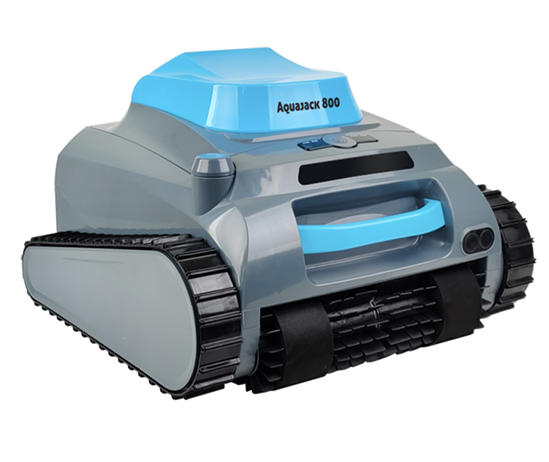
Performance in Various Pool Types
Robotic cleaners adapt well to different pool shapes, sizes, and surfaces. Whether you have a vinyl, fiberglass, or concrete pool, these machines adjust their cleaning patterns to ensure thorough coverage. Many models can even climb walls and clean steps, leaving no area untouched.
Suction cleaners perform best in simple, rectangular pools. They struggle with irregular shapes, steep inclines, or textured surfaces. If your pool has unique features, a robotic cleaner will provide better results.
Note: Robotic cleaners excel in larger or more complex pools, while suction cleaners are better suited for smaller, straightforward designs.
By understanding the differences in cleaning efficiency, you can choose the right cleaner for your pool. While suction cleaners may suffice for basic needs, robotic cleaners offer superior performance in debris removal, water circulation, and adaptability. This makes them a better investment, especially when considering the five-year total cost comparison: Robot pool cleaner vs. Traditional suction system.
Maintenance and Longevity
Maintenance Requirements
Robotic pool cleaners require less frequent maintenance compared to suction cleaners. You’ll need to clean their internal filters after each use and occasionally inspect the brushes or tracks for wear. These tasks are quick and straightforward, making robotic cleaners a low-maintenance option.
Suction cleaners demand more attention. Their hoses and moving parts wear out faster due to constant reliance on your pool’s pump system. You may find yourself replacing parts like hoses or diaphragms more often. This ongoing upkeep can become time-consuming and costly over the years.
Tip: Regularly inspecting your pool cleaner can help you catch small issues before they turn into expensive repairs.
Lifespan Comparison
Robotic cleaners typically last longer than suction cleaners. A well-maintained robotic cleaner can serve you for 5 to 8 years, or even longer with proper care. Their durable construction and advanced technology contribute to their extended lifespan.
Suction cleaners, while simpler in design, usually last around 3 to 5 years. Their heavy reliance on your pool’s pump system accelerates wear and tear. If you’re looking for a long-term investment, robotic cleaners offer better durability.
Repair Costs
Repair costs vary significantly between the two types of cleaners. Robotic cleaners, with their advanced electronics, can be more expensive to repair. However, their durability often reduces the frequency of repairs. You might only need occasional fixes, such as replacing a motor or circuit board.
Suction cleaners are simpler devices, so their repairs tend to cost less. However, their frequent need for part replacements can add up over time. When considering the five-year total cost comparison: Robot pool cleaner vs. Traditional suction system, robotic cleaners often prove more economical in the long run due to their lower repair frequency.
By understanding maintenance needs, lifespan, and repair costs, you can make a more informed choice. Robotic cleaners may cost more upfront, but their longevity and lower maintenance demands make them a better value over time.
Hidden Savings
Energy Savings
Robotic pool cleaners help you save energy by operating independently of your pool’s pump and filtration system. These cleaners use low-voltage motors, which consume significantly less electricity compared to suction cleaners. On average, a robotic cleaner costs only $50 to $100 per year to run, while suction cleaners can add $300 to $500 annually to your energy bill.
Did you know? Robotic cleaners often include energy-saving features like automatic shutoff timers. These features prevent unnecessary power usage, making them an eco-friendly choice for pool maintenance.
By choosing a robotic cleaner, you reduce your energy consumption and lower your utility bills over time. This makes them a cost-effective and environmentally friendly option.
Reduced Filtration Strain
Robotic cleaners come with built-in filtration systems that trap debris directly inside the unit. This reduces the workload on your pool’s pump and filtration system. With less strain, your pool equipment lasts longer and requires fewer repairs or replacements.
Suction cleaners, in contrast, rely entirely on your pool’s filtration system. This constant usage increases wear and tear, leading to higher maintenance costs. By using a robotic cleaner, you protect your pool’s equipment and save money on repairs.
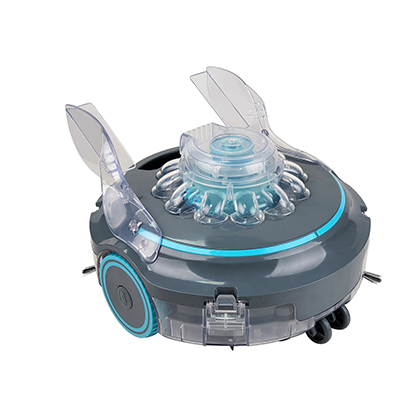
Chemical Usage Reduction
Better cleaning efficiency means fewer chemicals. Robotic cleaners scrub walls, floors, and even waterlines, removing algae and debris more effectively. Cleaner water requires fewer chemicals to maintain balance.
Suction cleaners often leave behind fine particles and algae, forcing you to use more chemicals to keep the water clear. Over time, robotic cleaners help you cut down on chemical expenses while keeping your pool healthier and safer for swimming.
Tip: Regular use of a robotic cleaner can reduce your chemical usage by up to 30%, saving you money and reducing chemical exposure.
Robotic pool cleaners deliver long-term savings and exceptional cleaning performance. They suit larger pools or those seeking efficiency. Suction cleaners work well for smaller budgets or simpler pool designs.
Tip: Evaluate your pool size, cleaning needs, and budget carefully. Choosing the right cleaner ensures a cleaner pool and better value for your investment.
FAQ
What type of pool is best suited for a suction cleaner?
Suction cleaners work best in small, rectangular pools with minimal debris. They struggle with irregular shapes, steep inclines, or pools surrounded by heavy foliage.
How often should you clean a robotic pool cleaner’s filter?
Clean the filter after every use. This ensures optimal performance and prevents debris buildup, which could reduce the cleaner’s efficiency over time.
Tip: Rinse the filter with a garden hose for quick and effective cleaning.
Are robotic pool cleaners safe to use in saltwater pools?
Yes, most robotic cleaners are saltwater-compatible. Check the manufacturer’s specifications to confirm compatibility before purchasing.
Note: Regularly rinse the cleaner with fresh water to prevent salt buildup.

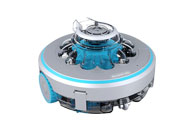 Robotic Pool Cleaner
Robotic Pool Cleaner 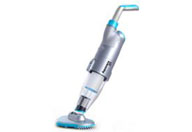 Portable Pool Vacuum Cleaner
Portable Pool Vacuum Cleaner 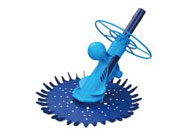 Automatic Pool Cleaner
Automatic Pool Cleaner 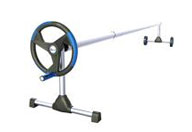 Pool Cover Reel
Pool Cover Reel 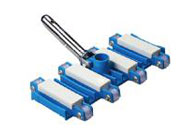 Pool Cleaning Accessories
Pool Cleaning Accessories 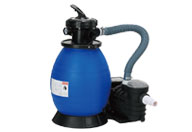 Pool Filter Pump
Pool Filter Pump 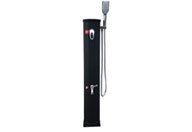 Pool Solar Shower
Pool Solar Shower 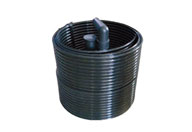 Pool Solar Collector
Pool Solar Collector 